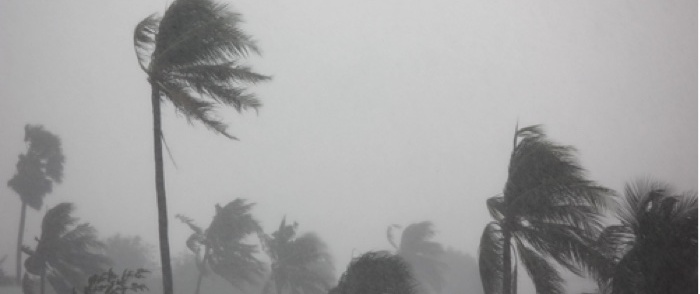Natural Disasters and Risk: "If It Could Happen to Them..."

Prepare for potential crises well in advance!
According to a 2018 Deloitte survey, "organizations' confidence in their crisis management capabilities often does not align with their actual level of preparedness."
Due to both the general perception that we live in more perilous times and an uptick in natural disasters and risk, there has been increased interest and awareness among executive leaders about the importance of more robust risk assessment and crisis planning. Too often such executive efforts lead to one-off initiatives that over-focus on large-scale prior crises, fail to adapt to new and evolving challenges and ignore low-probability but devastating possibilities (think the Titanic).
Here's some advice for learning from recent crisis situations and working toward a plan that will be adequate to the challenge in the event of a real emergency.
Raising the Importance of Risk Assessment
Natural disasters and risk are a useful trigger to remind you to integrate risk assessments into your organization's culture. Disasters happen regularly and tend to receive prominent news coverage. Increasingly, academics like Otto Lerbinger in his book "The Crisis Manager" are beginning to group external technology threats in the same category. The Meltdown and Spectre viruses, for example, are as potentially devastating to IT systems as a hurricane.
Putting Risk Conversations Into Play
Whether natural or technical, you can leverage events like these to ask localized questions about what your organization would do if this happened to you. From there, it's a natural next step to engage leaders across the organization in:
-Assessing other risks to the organization's people, systems, operations and reputation
-Discussing risk mitigation and training to reduce the likelihood of occurrence or the effects of an adverse event
-Developing crisis plans that establish a crisis team accountable for all elements, including communication planning to defend the organization in the event of a crisis
-Establishing training and live scenarios to provide practical insights into how to improve crisis planning
-Committing to a review of risks at regular intervals to account for new threats, new insights into older ones and changes to the organization and its environment
"If It Could Happen to Them ... ": Partnering With PR
It's a given that organizations should be reviewing prior instances of natural disasters and risk. Ongoing assessments should begin with your organization, expanding to your industry and adjacencies and then beyond.
As you conduct this research, it's especially important to engage your PR team in assessing potential threats in a broader context. New threats, or new insights to old threats, often come through the media. PR can help flag those events for inclusion in your rounds of risk assessment.



